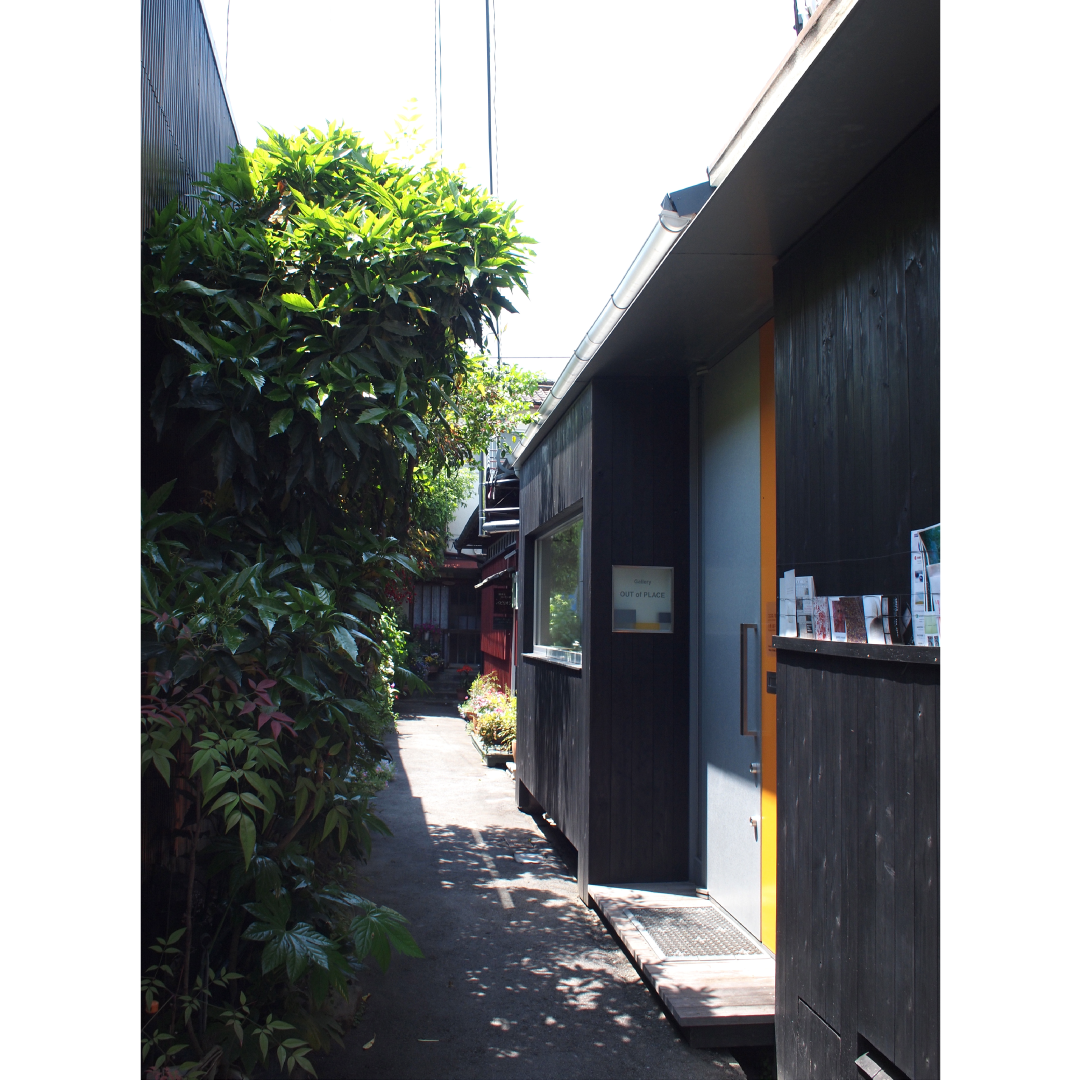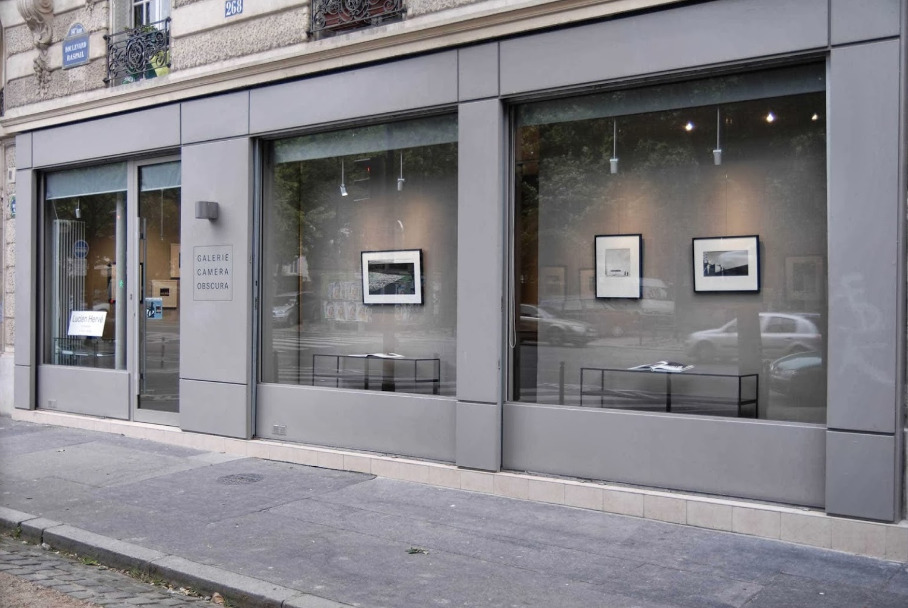The director of Galerie Camera Obscura, Didier Brousse, has been running a silver and platinum print workshop in Paris since 1983, and has been responsible for the production of prints for many photographers. In 1993, he and his wife opened the gallery Camera Obscura in the 14th arrondissement of Paris, in the rue Daguerre, where they organised six exhibitions a year to further explore the art of photography. At the same time, in 1996, La Maison Européenne de la Photographie was inaugurated, and the following year the photo fair PARIS-PHOTO was inaugurated in the Louvre, and Paris suddenly became a city where photography took centre stage.
It was against this backdrop that the gallery opened with the exhibition Lucien Hervé, a series of black-and-white photographs of Le Corbusier's architecture, shot with the beauty of light and shadow construction. The exhibition was well received by newspapers and magazines. He has also travelled from the north of Finland to the farthest corners of the world, captivating audiences with his "Pentti Sammalatti" exhibition, a series of beautifully crafted prints with Rembrandt-like lighting that capture the quiet lives of people, the fable-like lives of animals and the all-encompassing nature of life. The exhibition was held in the 14th arrondissement.
In 2003, he moved to a new gallery on Boulevard Raspail in the 14th arrondissement, where he has since become the standard-bearer for landscape photography, capturing the subtle tones of snow white and the breeze; Michael Kenna, who uses the now legendary Polaroid accident as an expression of his senses, turning modes, flowers, birds and objects into his own incomparably beautiful photographs; Sarah Moon, who in 2016 moved to Pompidou, where she has been exhibiting her work ever since. The poetic photographer Bernard Prose, who represented the '60s poetry and art exhibition Beat Generation at the Centre Georges Pompidou in 2016, and many others. In particular, his exhibitions of Japanese photographers from the modern era to the present day, such as Shoji Ueda, Yasuhiro Ishimoto, Kikuji Kawada, Masao Yamamoto and Taku Arai, have all attracted considerable attention. Korean contemporary artist Bong Chan Koo and New York-based Junjin Lee have also been popular for their combination of Eastern aesthetics and continental strength.
Now in its twenty-eighth year, the gallery is home to a wide range of artists, from the classic black-and-white photographs of Willy Ronis, one of the most important figures of French humanism, to contemporary artists such as Patrick Taverna and Jean-François Spirissigo, who work with a wide variety of materials and technologies, as well as the aforementioned artists. We hope to continue directing the work of these 25 artists with the same perspective and the same spirit.


